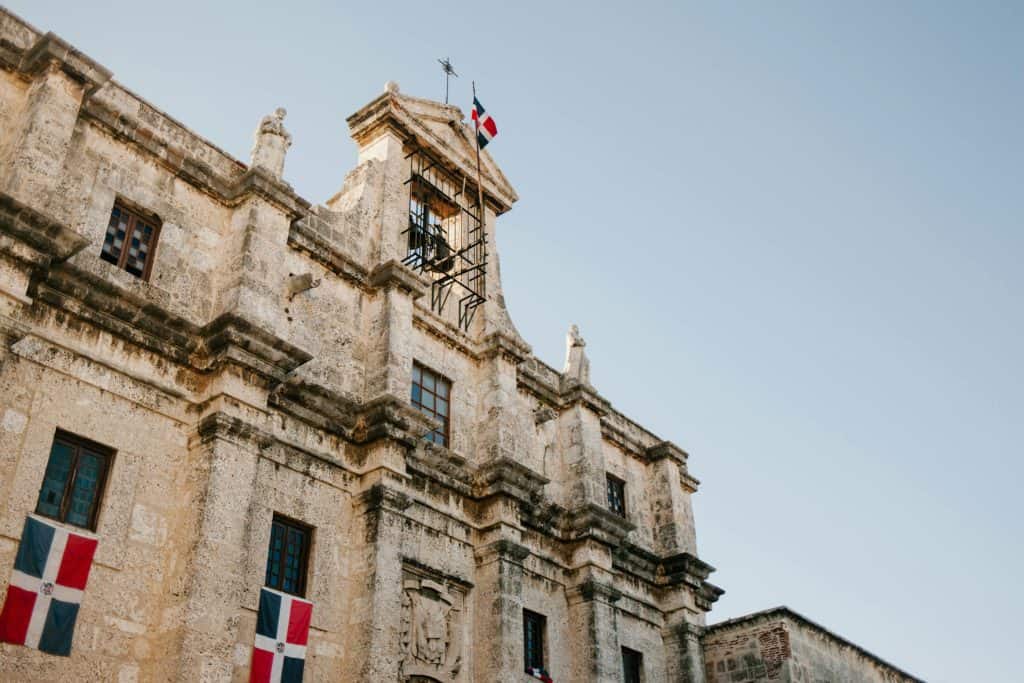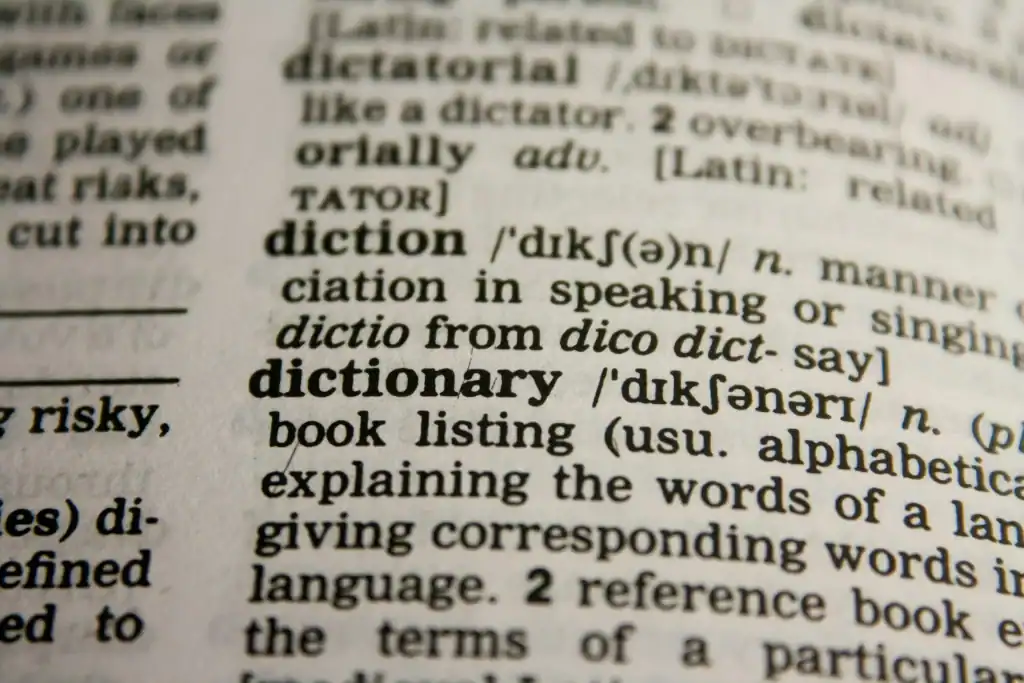Ten years in the Dominican Republic have tattooed more than sand-tinted memories on my skin; they’ve etched Caribbean Spanish into my tongue. Yet last month, while I logged onto Colombia’s new digital vaccination-card portal from a café in Medellín, I realized language learning never clocks out. The barista leaned over my laptop, saw the government seal on screen, and fired off, “¿Parce, ya subiste el QR?” I blinked—QR? Was I in tech-support mode or small-talk territory? That three-second pause reminded me why we constantly learn Spanish in motion, not in classrooms. Today’s post unpacks that moment and guides you through the updated Colombian portal, all while sprinkling Caribbean and Andean flavor so you sound less like a textbook and more like a local.
The New Requirement Nobody Warned Me About
Why the Digital “Carné” Suddenly Matters
Colombia’s Ministry of Health released fresh guidelines: every foreign resident or frequent visitor must upload their vaccination data into the MiVacuna portal to generate a scannable QR code. I’d flown in from Santo Domingo on what I thought would be a breezy weekend of bandeja paisa and paragliding. At José María Córdova Airport, an immigration officer, cool as a cucumber yet formal, asked, “¿Tiene su carné digital?” My physical card from the DR glowed in my wallet, but physical wasn’t enough. A thin line formed behind me, so I promised to update it online within 48 hours. Welcome to bureaucracy—Latin America edition—where paperwork goes virtual but the salsa rhythm underneath stays analog.
The Culture Beneath the Checkbox
Dominican offices tend to thrive on tigueraje—creative workarounds fueled by wit. In Colombia, the vibe leans toward hacer la vuelta, a flexible yet structured way to tick every box. Understanding these cultural lenses helps you see that the portal is more than a webpage; it’s an artifact of regional attitudes toward rules. The better you learn Spanish, the more these subtleties jump out, turning mundane tasks into sociolinguistic treasure hunts.
Logging In Without Losing Your Cool—Or Your Spanglish
Setting Up Your “Usuario”
You start at MiVacuna. The dropdown asks for “Tipo de Documento.” My U.S. passport isn’t in the list—panic? Not really. Choose “Pasaporte,” input the number, then create a password long enough to impress any cyber-security lecturer. The site warns, “La contraseña debe tener mínimo una mayúscula y un carácter especial.” The Dominican in me laughed because on my island, the prompt often leaves out the accent marks entirely: “Caracter especial.” Same language, different orthographic rigor. When you learn Spanish as an expat, you start noticing how typography itself signals cultural emphasis.
Uploading the Proof
Now for the tricky upload. The portal accepts PDFs under 2 MB. I tried a photo first; the error flashed in stern Spanish: “Formato no permitido.” In Santo Domingo, the system might have swallowed the file quietly and let a clerk fix it later. Colombia demands you learn, adapt, and pronounce file types as Spanish nouns: “el PDF” becomes “pe-de-efe,” not “pee-dee-eff.” Tiny phonetic shifts like this keep your listening muscle in shape and keep the official behind the counter from raising an eyebrow.
Language Pit Stops While the Progress Bar Crawls
Español You’ll Hear in the Portal’s Orbit
As my document spun in the metaphorical cloud, a Colombian friend messaged, “¿Ya quedó subido?” That’s paisa shorthand for “Is it uploaded already?” Across the Caribbean, a Dominican buddy might ask, “¿Lo subí’te?” chopping syllables like plantains. Hearing these flavors side by side forces your brain to learn Spanish in stereo. It’s not about one being correct—both weave authenticity. Calibration happens on the fly, and your accent morphs like adaptive camouflage.
The site eventually displays “Estado: Validando.” The purist in me appreciates the gerund; a Dominican pop-up would more likely read “En Proceso.” Each verb choice in Latin America is a postcard from its history. Colombia’s bureaucratic Spanish borrows precision from Spanish peninsular formalism, whereas Dominican Spanish dances closer to informal Afro-Antillean breeziness. Recognizing these micro-dialects helps you leap from survival phrases into conversational artistry.
Spanish Vocabulary That Pops Up on Screen (and Off)
| Spanish | English | Usage Tip |
|---|---|---|
| Subir | To upload / go up | Context decides: “Sube el archivo” vs “Sube al bus.” |
| Carné | Card/ID | Accented final “é” in Colombia; often written “carnet” in the DR. |
| Validando | Validating | Gerund form; signals an active system process. |
| Paisano | Fellow countryman | Friendly term; Colombians use “parce” instead. |
| Tigueraje | Street smarts (DR) | Slang; playful brag about clever shortcuts. |
| Vuelta | Errand / task loop | In Colombia, “hacer la vuelta” means to get paperwork done. |
| Clave | Password / key | More common than “contraseña” in the DR. |
| Antecedente | Record / background | Appears when the portal checks previous doses. |
An Example Conversation at the Copy Shop
Imagine you’ve left the café because the Wi-Fi died, and now you’re at a Colombian copy shop—una papelería—begging their desktop to finish the upload. The dialogue captures real rhythms from both countries.
Empleado (Colombia): ¿Buenas, parcero, qué necesitas hoy?
Employee (Colombia): Hey buddy, what do you need today?
Yo (James): Necesito imprimir mi carné y luego subirlo en la página, ¿me das una mano?
I need to print my card and then upload it on the website, can you give me a hand?
Empleado: De una. Pero ojo, el archivo no puede pasar de dos megas.
Sure thing. But watch out, the file can’t be over two megabytes.
Yo: Sí, ya me salió ese error. En la República Dominicana esa vaina **ni suena**.
Yeah, I already got that error. In the Dominican Republic that thing doesn’t even pop up.
(“Esa vaina” is Caribbean slang for “that thing.”)
Empleado: Jajaja, aquí somos más cuadraditos, hermano.
Haha, here we’re a bit more by the book, man.
Yo: Entonces, ¿lo guardo como PDF o imagen?
So, should I save it as a PDF or image?
Empleado: Mejor PDF. Así el sistema lo lee al tiro.
Better as a PDF. That way the system reads it right away.
Cliente Dominicano que entra: ¡Oye, manito! ¿Tú también con el lío del carné?
Dominican customer who walks in: Hey bro! You too with the card hassle?
Yo (cambiando al tuteo caribeño): Ya tú sabes, mi hermano. Aquí “haciendo la vuelta.”
You already know, my brother. Just getting the paperwork done.
Empleado (riendo): Se juntaron la sabrosura caribeña y la puntualidad paisa, ¡qué combo!
Employee (laughing): Caribbean flavor and Antioquian punctuality got together—what a combo!
Subtext You Should Train Your Ear For
Colombian Directness vs Dominican Elasticity
Notice how the Colombian employee slips “ojo” (careful) and “al tiro” (right away) into casual directions. Colombians value clarity and subtle politeness; they rarely drop articles or final consonants. The Dominican customer, on the other hand, truncates “hermano” into “manito” and spices sentences with bold slang like “lío” and “vaina.” When you actively learn Spanish, toggling between these registers refines your diction and prevents the dreaded deer-in-headlights stare when someone switches gears mid-chat.
The Hidden Grammar Lesson
Colombia’s ubiquitous “usted” coexists with the friendly “tú,” often within the same conversation. Listen for contextual markers: a clerk older than you saying “¿Ya subiste?” probably sticks to “tú” because digital natives bond in informality. In Santo Domingo, age plays less of a role; socio-emotional distance does. The code-switching makes your brain perform mini push-ups, each one adding muscle to your comprehension. That’s why I advocate moving between countries; nothing sculpts your Spanish abs like cross-cultural reps.
When the Portal Finally Says “Aprobado”
Printing, Screenshotting, and Showing Off
The moment the green check mark appears, I print a copy, save a screenshot, and—because I’m an overachiever—email a PDF to myself. At dinner, my Colombian friends tease: “¿Tan prevenido, pues?” In the DR, the jab would be “¿Y ese show?” Different words, same playful scorn for over-planning. Stashing multiple backups also becomes an excuse to practice verb tenses: “Lo imprimí,” “Lo guardé,” “Lo mandé.” Use victory as a language drill, and the vocabulary sticks longer than the vaccine itself.
How Bouncing Between Islands and Andes Supercharges Your Spanish
People often ask why I split my time: turquoise Caribbean on one side, emerald coffee hills on the other. My answer is sonic. Each landing resets my ears. The syncopated Dominican beat forces me to decode clipped syllables; the Colombian melody invites me to luxuriate in elongated vowels. Every flight becomes a masterclass in auditory agility, a chance to learn Spanish anew. I recommend logging portal errors, grocery receipts, and taxi banter in a journal. Flip through it later and underline patterns. Your personal corpus will eclipse any grammar book.
As an expat, you don’t just acquire words—you absorb approaches to life. Dominicans celebrate improvisation; Colombians exalt preparation. Straddle both and you’ll handle sudden rule changes, like this digital carné mandate, with humor instead of headaches. Keep flirting with linguistic discomfort, relish the micro-victories, and remember: fluency is not a finish line; it’s a passport stamp that keeps renewing itself.
I’d love to hear how portal quirks or airport surprises have tuned your Spanish. Drop a comment with the cross-country words or expressions you’ve picked up—maybe your own workaround for that pesky 2 MB limit. We’ll toast to the next bureaucratic adventure, wherever Spanish-speaking Wi-Fi may lead us.
¡Nos leemos pronto, parceros y manitos! —James


